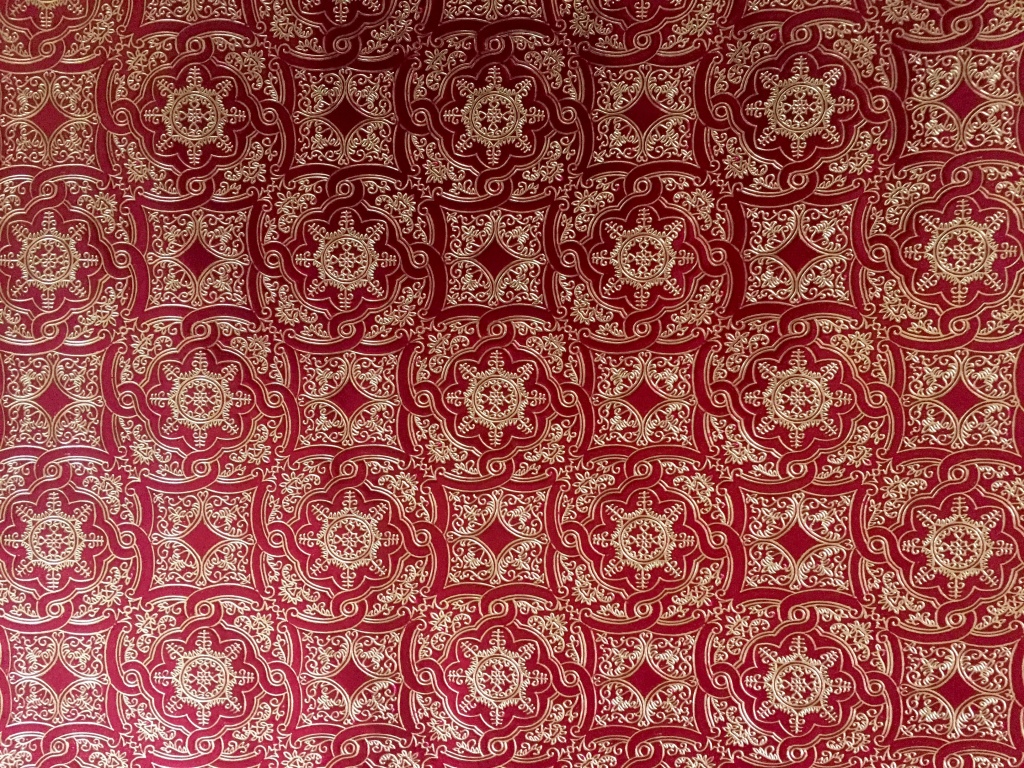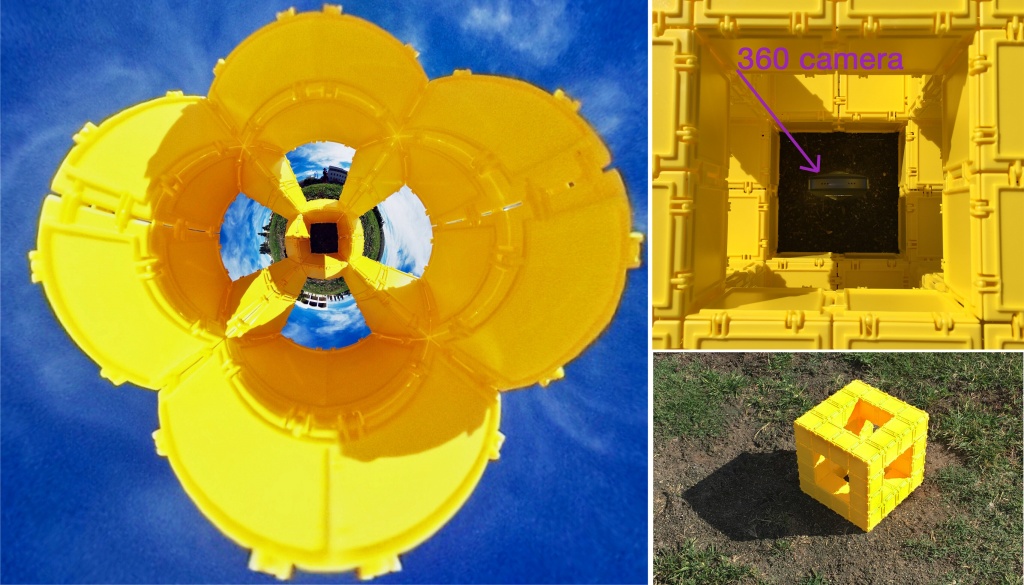I was fortunate enough to visit downtown Los Angeles just in time to see this beautiful geometry installation by Hybycozo at the City National Plaza. The purple object on the left is an icosahedron, and the green one on the right — a truncated octahedron. The icosahedron is one of the 5 Platonic solids discovered several thousand years ago. Here is a picture of the Platonic solids from Johannes Kepler’s work, Harmonices Mundi, in 1619:…
Read more »
Geometry Installation by Hybycozo and Truncation



